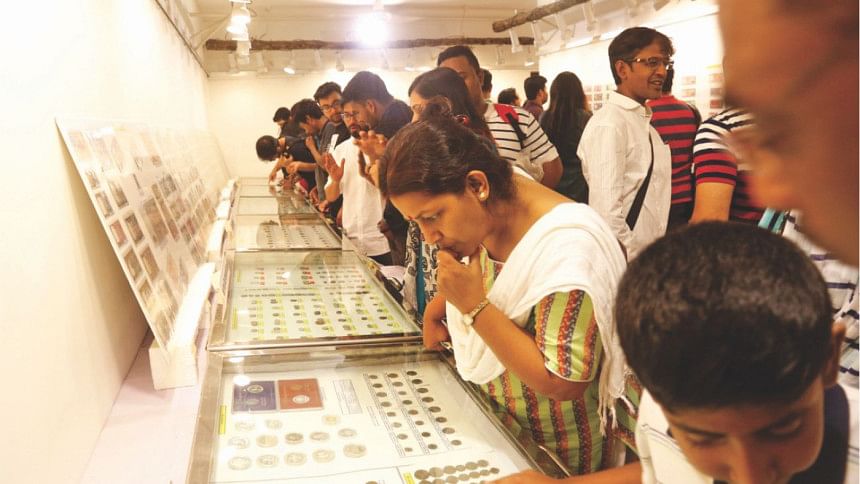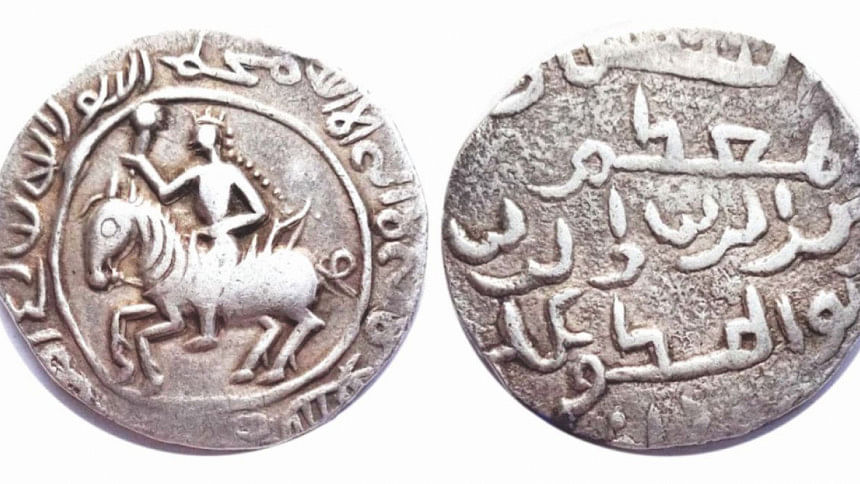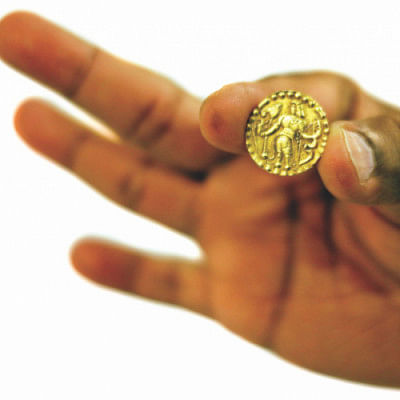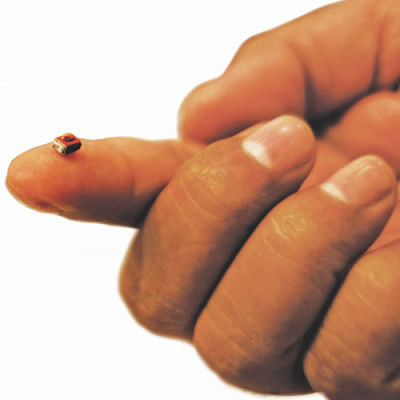Collector's Exhibition - A celebration of passion

As alien as it may seem to us today, baby boomers are no strangers to the fad of matchbox collecting. Millennials will remember the pleasure of removing stamps from an envelope, soaking them in water and once dry, sticking them on albums. Coins and banknotes have always been popular and even today an average Joe carefully preserves a ragged note long out of circulation.
The recently concluded 'Collector's Exhibition' at the Pathshala premises from April 26-28, 2018, was the brainchild of a trio—Gholam Abed, Md Robiul Islam and Shakil Huq—no strangers to the vibrant collectors' community in the city, but names hitherto unheard of beyond their professional fields. From the drawing board to the final execution, the exhibition was a result of their tireless efforts spanning almost a year. Their goal was to simply introduce three different hobbies to the new generation, and show possible avenues to choose and study. The sheer number of visitors at the three-day event was a testament to their success.
Abed, an aviator by profession, is an internationally awarded philatelist (the proper term for stamp collectors) specialising in revenue stamps of Bangladesh. An accountant by profession, Islam treads a different path. His aspiration is to present the gamut of numismatics (the hobby of collecting coins), rather than to focus on a narrow field. Huq has an academic degree in art and is an established graphic designer. He is not only a collector, but also a pioneer in promoting phillumeny (the pursuit of matchbox collecting) in Bangladesh. He has been successful in explaining the nuances of phillumeny and convincing local matchbox producers to use the fundamentals of phillumeny and make use of it as a marketing tool, and thus cater to the global demand and create a local collector base. He himself has designed multiple series of limited edition matchboxes for fellow enthusiasts.

Abed's paper chase
The philatelic display started befittingly with the famous 'Penny Black'—the first stamp in the world; yet the jewels of Abed's display were the post-Liberation covers addressed to Bangabandhu Sheikh Mujibur Rahman. Also noteworthy were the early revenue documents of the British Raj used during the colonial period.
Gholam Abed's exhibit highlighted revenues, but gems that brought him international recognition were not on display. While it may not have attracted the casual viewer, such a frame could have served as a reference to understand the international standard of what is philately.

Robi's metallurgy
In his fraternity, Md Robiul Islam is widely considered one of the most organised collectors and the precision of his display at the exhibition only reinforced that reputation.
The largest display amongst the three, Islam's collection traced the evolution of currency from the earliest period to modern coins and bank notes. One of the sections, the crème de la crème, was tracing the coinage of Bangladesh from some of the earliest discovered specimens to the latest issues. It also included coins of so-called 'Dead Countries' and special edition coins prepared solely for collectors, some in shapes of guitars!
Shakil's fire starters
The most visually appealing section of the show, the matchbox collection of Shakil Huq gave a lucid narrative of how phillumeny has evolved over the decades. Although matchboxes are not new, treating them as collectibles worthy of study is a comparatively novel approach. Through several guided tours conducted by Huq himself, visitors instantaneously realised its importance as a testament to history and as a collectible.

His section showcased some scarce early matchboxes of Bangladesh and an extensive general representation of matchboxes from Europe, where the topic first gained acceptance.
For most people, curiosity can be fulfilled with the objects themselves, maybe augmented by brief descriptions; those who are more inquisitive form questions and seek answers. While only the trio could have explained the intricacies of their respective fields, it would have been a welcome addition if volunteers were available to explain at least the basics—an aspect the organisers can consider incorporating in their next venture.
A little girl, barely four, wearing a long green frock and a red tunic, approached Shakil Huq, with the simple query: "Uncle, which is the smallest matchbox in the world?"
A collector with an unwavering will to share his passion, Huq was quick to point it out. The petite child, dazzled at the sight of something tinier than her young mind could imagine, left with a smile. Perhaps that was the watershed moment in the mind of a future collector, and the potential success of the trio's efforts.
Mannan Mashhur Zarif is a journalist and philatelist.





Comments